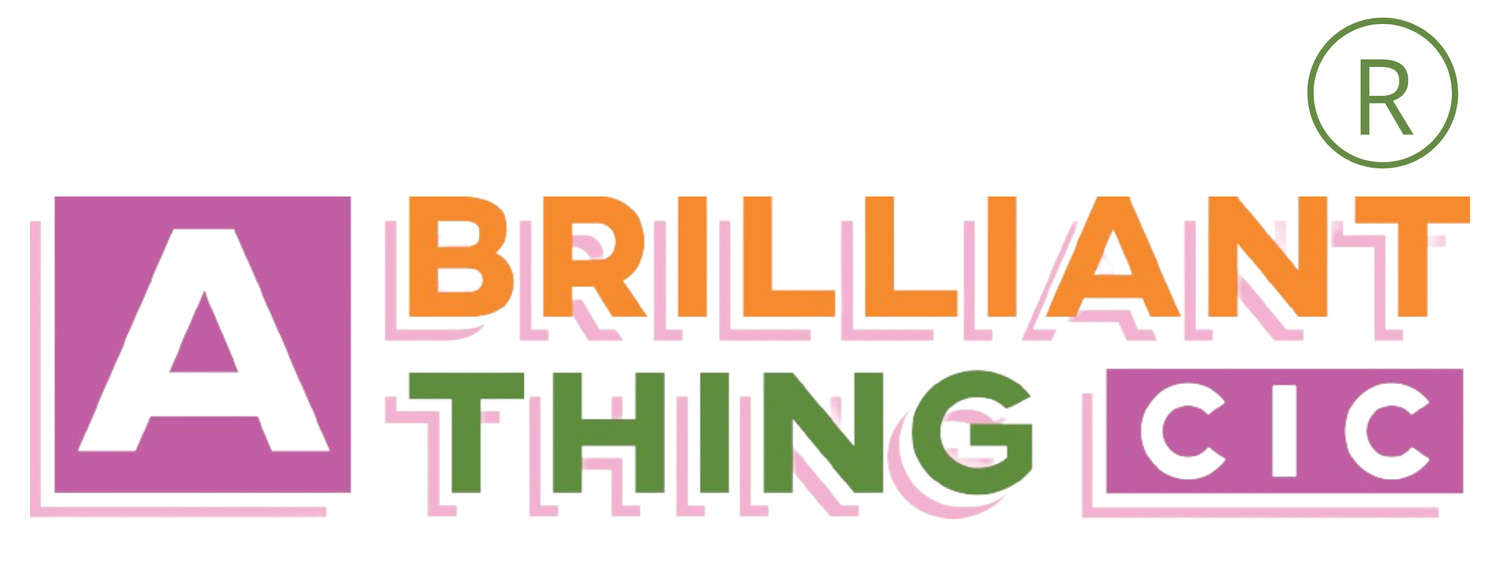Tree of Life in a Forest Ecosystem
Tree of Life is an exercise used to articulate self-identity. The roots, branches and leaves are visual metaphors for elements of life. Tree of Life is a useful reflection tool for personal development, it can also be applied to understand deeper meanings within a project or organisation. However, to make sense of complex issues like a companies culture, or to find meanings and connections when engaging in change-work, this tree needs to be seen as part of an intricate ecosystem, a forest.
Though we are individuals, and personal reflection is important, we exist in communities, societies. Multiple connections and circumstances impact on our lives, some of these we can influence, others seem harder to change. Our work too exists within a multi-layered environment, if you chose a specific event in your work life and traced all the micro events leading up to that point, you would have created a web involving many people, situations, places and conditions. Thinking about your sector, your colleagues, competitors, clients and followers all play a role in how you experience your work.
Every action, causes a reaction, a ripple of consequences and impacts.
No entity understands this better than a forest. A forest is an area of land covered in trees. Forests across the globe provide an ecosystem that supports humanity by providing the air we breathe and creating life giving habitats. Forests are interconnected, each tree, plant, animal and insect plays a role that contributes to the forests survival. Trees share water and nutrients through underground root networks, and also use them to communicate, sending messages about environmental changes, signalling warnings and nurturing new plants. This cooperation and collaboration spans different species and creates a successful and diverse forest. Finding the Mother Tree is a beautiful story describing this interwoven forest life.
So, if identity (personal or organisational) can be described through a tree metaphor, what can we learn about our work and our society through a forest metaphor?
Characteristics of a ‘successful’ forest
Seasonal variation
Recognise the seasonal patterns within your life. These might be community events, holidays, back to school time etc.
Free-write in your journal, describing how these impact on you and what you could change.
Consider which seasonal events or phases align with your work.
Spend 30mins grouping all your activities under these seasonal headings. Is there a clear seasonal focus? Could you amplify this?
Can be deciduous, evergreen or both
Make a list of the things that are constants in your life, these might be people, feelings, living environment etc.
Make another list of things that come and go.
Do you need to strengthen evergreen elements in your life or focus on letting some elements go – so they can return at another time?
Consider the time and energy that you spend on core and recurrent activities compared to the benefits that these each bring.
Have a conversation with your team or a friend about this. Do you need to adjust the balance?
Has a canopy that provides protection
When we are vulnerable we need protection, sometimes this becomes a habit or a way of being and we avoid risk and uncertainty. Brene Brown describes how “Vulnerability is the birthplace of love, belonging, joy, courage, empathy, and creativity”
Consider the level of risk you allow into your life. Do you need to cultivate or prune your canopy?
Maslow’s hierarchy of needs, describes tiers of needs, that must be met for a person to develop into the best version of themselves.
Try creating a hierarchy of needs for your work to develop into the best version of itself.
What do you learn?
Creates habitats for birds, insects and plants to thrive
Brainstorm the word collaboration, adding notes on where you ‘collaborate’ in your life and what it feels like. In a different colour add in the things that help collaboration to happen.
Use a highlighter pen to identify any spaces, relationships or ideas on your brainstorm that you could help to blossom by creating conditions that they can thrive in.
Add branches to each of these conditions and note what things support these. Keep repeating until you identify the underlying things that you need for this area of work to thrive.
Has fertile soil
How do you nurture yourself?
How do you invest in your work?
How can you do more of this?
Maintains reciprocal relationships between flora and fauna
Using the Tree of Life activity, identify your ‘fruits’ what abundance do you hold that you could share? You may have abundant ideas, time or skills.
Reflect on how you could share this value in more generous ways, to cultivate reciprocal relationships.
Could your 1:1 work be delivered to groups? Could you share your reports visually to reach a new audience? Could you create a free version of your product? Could peer to peer support be cultivated in your work? Could you offer more time or space to family?
These ideas provide inspiration for personal and ‘work’ development and I hope act as prompts to encourage a way of thinking, feeling and acting as part of a bigger, collaborative ecosystem. This way of thinking creates an environment where we each create positive ripples of impact and contribute to a collective, thriving experience.
If you’d like to be guided through any of the above activities or explore the tree or forest metaphors more deeply, you might like to consider my services.


